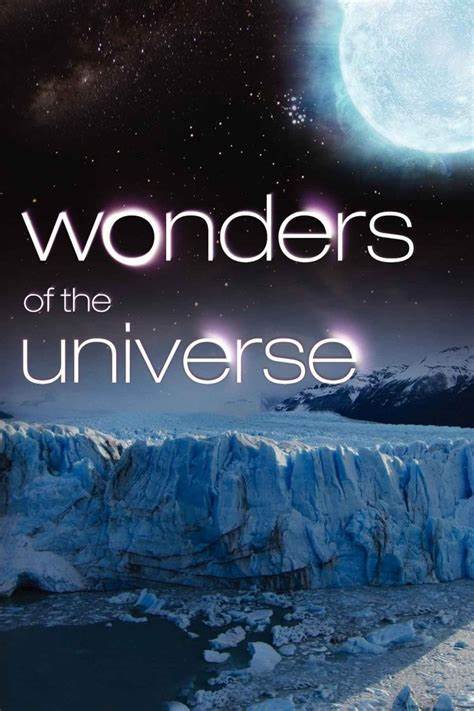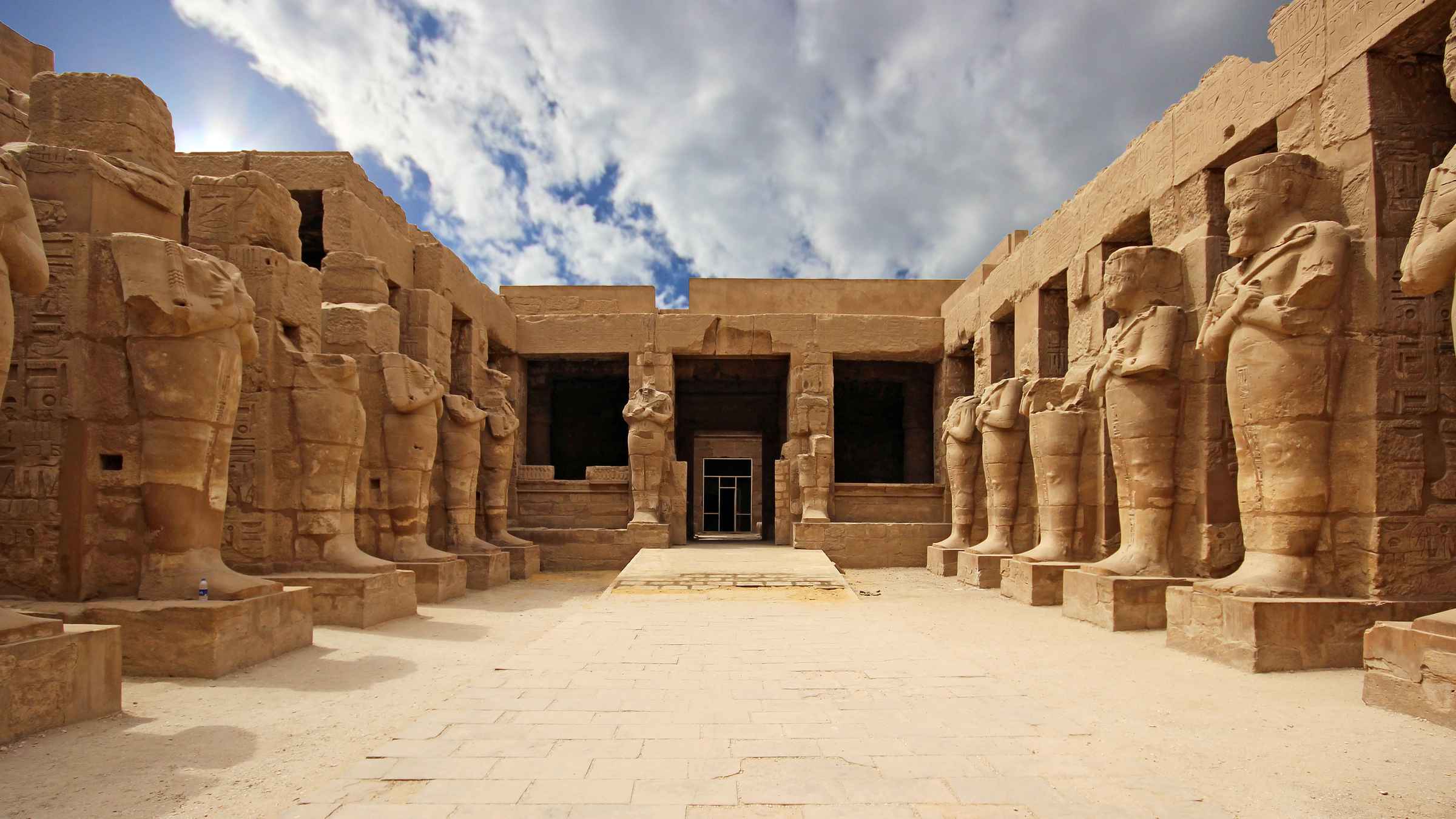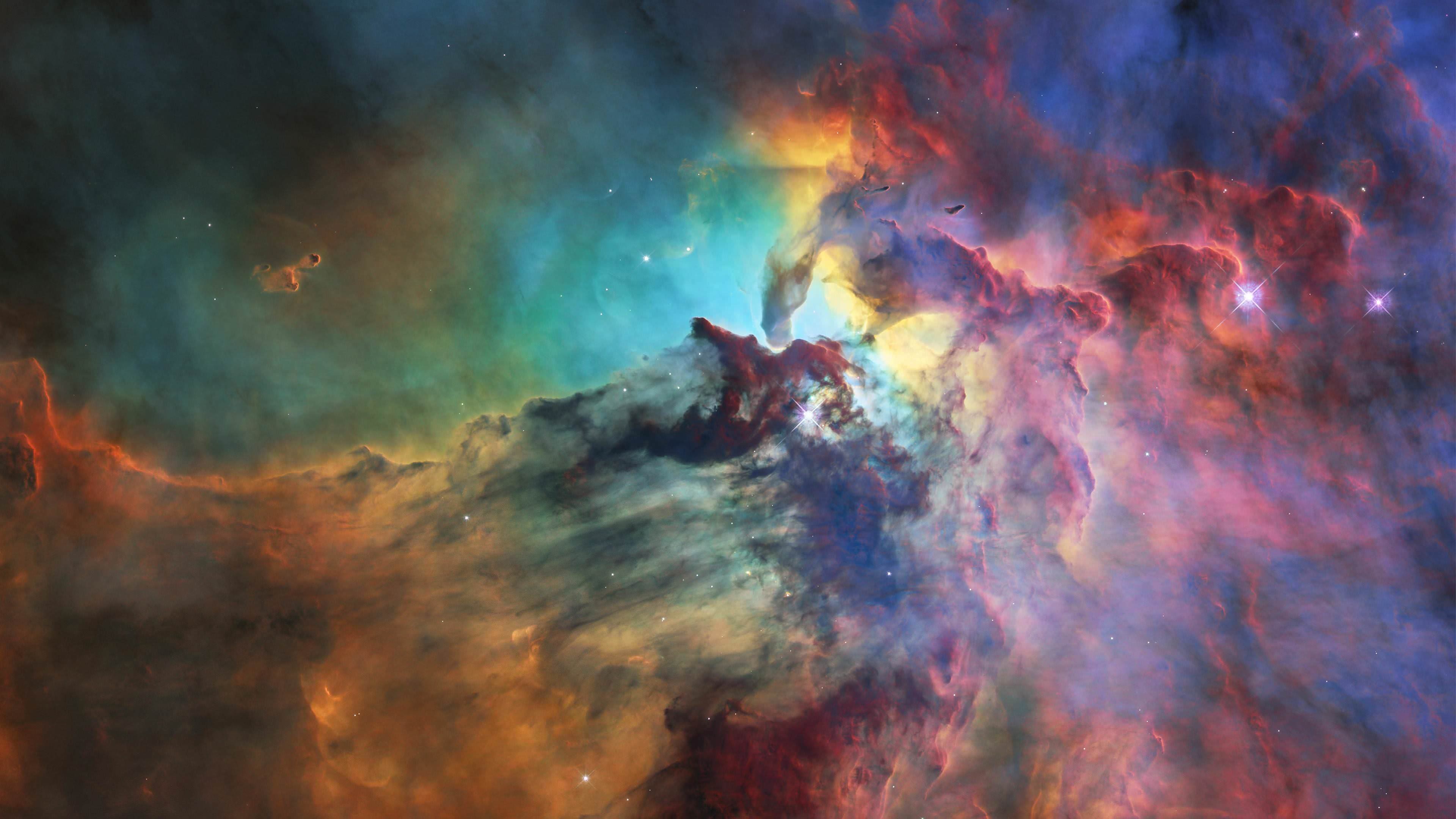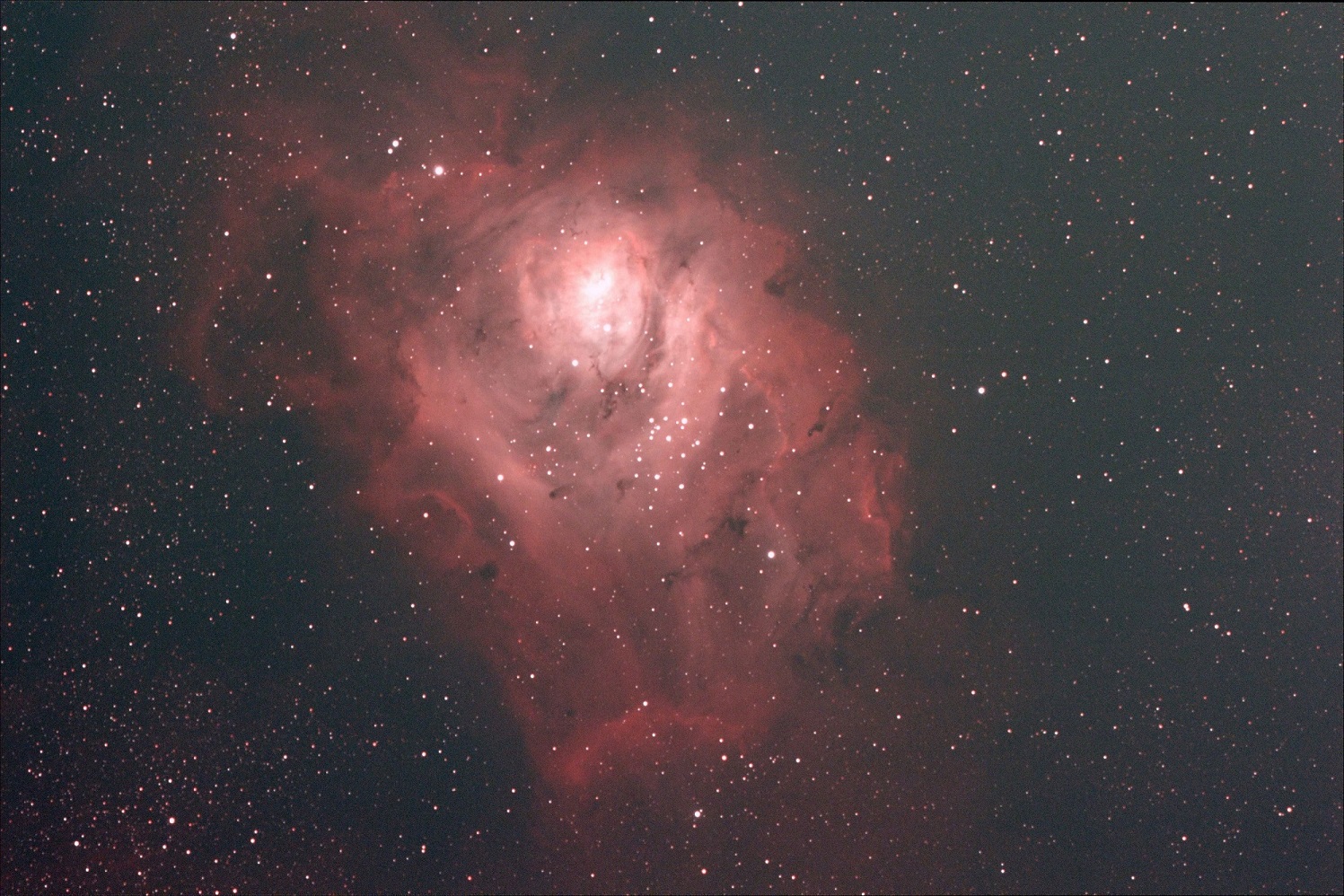Wonders of The Universe s01e04
Messengers

Why are we here? Where do we come from? These are the most enduring of questions and it's an essential part of human nature to want to find the answers. And we can trace our ancestry back hundreds of thousands of years to the dawn of humankind, but in reality, our story extends far further back in time. Our story starts with the beginning of the universe. It began 13.7 billion years ago. And today, it's filled with over a hundred billion galaxies, each containing hundreds of billions of stars. In this series, I want to tell that story, because ultimately, we're part of the universe, so its story is our story. It's a story that we wouldn't be able to tell, were it not for the one thing that connects us vividly to our vast cosmos.
Light.
Light reveals the wonders of the universe in all their glory - stars that shine with the light of a thousand suns, and vast swirling galaxies. But light is also a messenger from a long-forgotten era, and contained in the light from these faraway places is the story of our universe's origin and evolution. Through light we can stare back across the entire history of the universe and discover how it all began, and ultimately see how light breathed life into us.

Figure 1. Karnak Temple
This is Karnak Temple in Egypt. Built by the ancient pharaohs, this vast complex was erected to honour Amun Ra, god of all gods, god of the sun. This worship reaches its peak during one fleeting moment in the solar calendar, an event so brief it lasts for little more than a minute. This temple is built to align with an astronomical event that happens just once a year - the sunrise at the winter solstice( ˈsɒlstɪs 至日).
"Solstice" is Latin for "sun stands still" because as the Earth orbits around the sun and the year passes, the point at which the sun rises above the eastern horizon moves, so here in Egypt in summer, the sun rises over in that direction, and then as summer turns to autumn, turns to winter, the sunrise point drifts along, until today on December 21st, at 6:30am in mid-winter, the sun rises exactly between the pillars of this temple.
Just once a year, for over 3,000 years, the sun has risen between the two pillars, and casts its light into the temple. There it is, the light from our star cascading down this magnificent structure. I mean, you can literally feel the history of this place, so it's easy to forget that this is 3,500 years old, so in 1500 BC, the most powerful man on the planet, the Pharaoh of Egypt, would have stood here on December 21st every year, just to greet and experience the light from Amun Ra.
This moment that the Egyptians worshipped instinctively we now understand in exquisite detail. As the Earth journeys through the Solar System, it's bathed in the light of the star that sits at its centre. This light has travelled some 150 million kilometres from the surface of the sun. And at the winter solstice, that light pours into the temple at Karnak. Well, this building is honestly the most magnificent structure I've ever seen. Now, it's not built on the scale of men. It's built on the scale of gods, of one god, Amun Ra, the god of the sun.
As the sun sinks below the horizon and night falls, the whole universe of suns fades into view. We no longer build temples to our sun, we build machines that allow us to peer deeper into space than ever before, to far distant suns out there in the galaxy, and beyond. On a night like this, there are about 2,500 stars visible to the naked eye, but when we started building telescopes instead of temples, we discovered that there are billions more. Every star we see in the night sky is a sun that sits within our own galaxy, the Milky Way.
As we step away, our sun gradually fades to become just one dot in a sea of stars. We now know that we're about halfway out from the centre of this beautiful cosmic structure, but even though these worlds are many millions of kilometres away, we know them intimately by their light. These waves of light are messengers from across the cosmos, and through them, we've discovered the wonders of our galaxy.

Figure 2. Charming Lagoon Nebula
This is the Lagoon Nebula(ləˈɡuːn ˈnebjələ 礁胡星云 ). From a distance, this cloud of dust and gas appears beautiful and serene. But this is a furnace where new stars are forged. The Lagoon Nebula sits about 5,000 light years from Earth, but it can still be seen with the naked eye, because it's 100 light years across, and brightly lit by the hot, new, young star that sits at its centre, a giant called Herschel(ˈhɜːʃəl 天王星 )36.

Figure 3. Herschel 36, a giant star
This newly born star is over 20 times more massive than our sun, and burns much hotter, which makes the light that pours from its surface blue. And there are even bigger stars in our galaxy. 7,500 light years from Earth is a star that dwarfs even Herschel 36. Its name is Eta Carinae (ˈiːtə kəˈriːni 船底座海山二星). This monster star is over 100 times more massive than our sun, and burns about four million times brighter, making it one of the most luminous stars in the Milky Way. All we know about these incredible worlds has been brought to us on wave after wave of light.
Our galaxy is a symphony in light. The Milky Way is home to 200 billion stars, but our galaxy is just the beginning. For each of these stars, there are a billion more in the universe beyond. Across the unimaginable reaches of space, light has allowed us to journey to the most distant galaxies, to see the births and deaths of stars. No matter how far we follow the light, no matter how many billions of miles we cross, the nature of light itself allows us to go on a much richer journey, because to look up, and to look out, is to look back in time.
Those ancient beams of light are messengers from the distant past, and they carry with them a story, the story of the origin of the universe. In order to read this story, to see how light can transport us to the past, we must first understand one of its fundamental properties - its speed. Everything in our universe has a speed limit, even intangible phenomena like waves of sound and light. These speed limits are very real physical barriers, and they have profound consequences for our understanding of the universe.

